At AllThingsNature, we're committed to delivering accurate, trustworthy information. Our expert-authored content is rigorously fact-checked and sourced from credible authorities. Discover how we uphold the highest standards in providing you with reliable knowledge.
What Are the Different Types of Energy Conservation Techniques?
When people use more energy than they need, it is not only wasteful and potentially harmful to the environment, it also can be costly. The most effective method of preventing the overuse of energy is by conservation. Energy conservation techniques are effective because they encourage people to prevent waste while also saving money by lowering their utility bills and fuel prices. There are many ways to save energy, but the ultimate goal of conservation is to develop a system of sustainable energy that will help make energy cheaper and more abundant. The different types of energy conservation techniques include turning off lights and devices when they are not needed, adopting energy-efficient heating and cooling techniques for homes and businesses, conserving fuel that is used for transportation and recycling whenever possible.
Homeowners can take advantage of a variety of energy conservation techniques to cut down on their power usage and lower their bills. The simplest and most common method of conserving energy is to turn out lights in rooms that are unoccupied and replacing existing light bulbs with energy efficient bulbs. Greater energy savings can be achieved by turning off televisions when no one is watching them and shutting down computers when they are not in use.

Another less obvious energy conservation issue is what is called standby power. Portable device chargers, microwave ovens, digital versatile disc (DVD) players and cable television boxes are often left plugged into an outlet when they are not in use, and they continue to use small amounts of electricity. Turning off one device when it is idle might not save much power, but if there are several idle machines drawing power in a home, turning off all of them can add up to a large amount of saved energy. In addition, turning off mobile devices such as cell phones when they are not needed — such as while the user is sleeping — reduces the need to recharge them, which saves electricity.

Some appliances, such as refrigerators and freezers, cannot be turned off. Effective energy conservation techniques for such devices include turning down the refrigeration settings so that the refrigerator or freezer is just cold enough to preserve food properly. Additionally, less energy is used if their doors are opened less often and closed quickly when opened. Older appliances can also be replaced with newer versions, such as those that are certified as meeting efficiency standards because they use less electricity.

Heating and air conditioning are large sources of energy usage in the home. Energy consumption for indoor climate control can be reduced by wearing warmer clothes during the winter instead of turning up the thermostat or turning the thermostat higher or lower when leaving the house. Improving the home's insulation also can reduce energy usage, and roofs that are painted white can reflect the sun's heat in the summer, making the house cooler, instead of absorbing the heat and making it warmer.

Energy conservation also is important when it comes to transportation. Drivers can save gasoline by combining several errands into one, keeping their tires properly inflated or even by using various techniques to increase their car's gas efficiency. Ride sharing, walking or using public transportation are other ways to save energy. Car owners can also choose to replace older, cars that are less efficient with newer ones that get are more efficient.

Recycling is a major part of resource conservation, and it helps conserve energy. Recycling aluminum, for instance, costs much less energy than what is used to mine the aluminum and purify it, and recycling paper saves the energy that is required to cut down trees. Industries can also directly recycle energy by recovering waste energy with machines such as waste recovery boilers, which use normally generated heat to make steam and then electricity through the use of turbines. Gasoline-electric hybrid cars recycle energy through regenerative braking, and waste products such as used vegetable oil can be recycled into biodiesel fuel for diesel-powered vehicles.

Renewable energy is a critical component of a system of sustainable energy, and it is one of the most effective energy conservation techniques. Solar power, for instance, takes advantage of the sun and is already used to power devices such as calculators and buildings such as homes and businesses. After an initial amount of energy is used to construct a solar panel, no more energy is necessary to harness the power of the sun until the panel needs replacement, which might not be required for decades.
Frequently Asked Questions
What are the most effective home energy conservation techniques?

Effective home energy conservation techniques include upgrading to energy-efficient appliances, which can save up to 20% on energy bills according to the U.S. Department of Energy. Insulating your home properly can prevent up to 30% of heat loss, while using LED lighting consumes 75% less energy and lasts 25 times longer than incandescent bulbs.
How does reducing water usage contribute to energy conservation?

Reducing water usage conserves energy by decreasing the demand on water treatment facilities and lowering the energy required for heating water. The Environmental Protection Agency (EPA) states that if one in every 100 American homes were retrofitted with water-efficient fixtures, about 100 million kilowatt-hours of electricity per year would be saved—avoiding 80,000 tons of greenhouse gas emissions.
Can smart thermostats significantly reduce energy consumption?

Yes, smart thermostats can significantly reduce energy consumption. They optimize heating and cooling systems by learning your schedule and preferences, making automatic adjustments to save energy. Studies show that smart thermostats can save homeowners about 10-12% on heating and 15% on cooling, amounting to an average savings of $131 to $145 annually.
What role does transportation play in energy conservation?
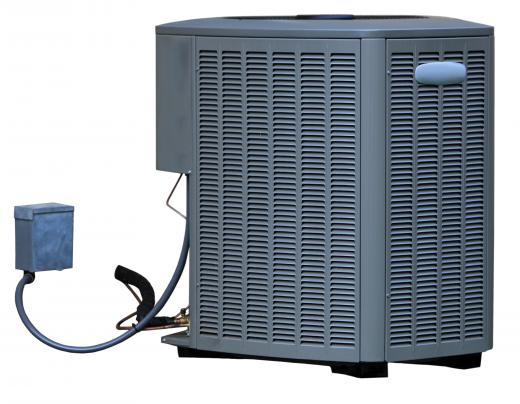
Transportation plays a crucial role in energy conservation. Opting for public transportation, carpooling, biking, or walking can substantially reduce fossil fuel consumption and greenhouse gas emissions. For instance, a single bus can take 40 vehicles off the road, saving about 70,000 gallons of gasoline and reducing carbon emissions by 15 tons annually, as reported by the American Public Transportation Association.
How does industrial energy efficiency contribute to conservation?

Industrial energy efficiency is pivotal for conservation. Implementing energy-efficient technologies and practices in industries can lead to significant reductions in energy consumption and greenhouse gas emissions. The International Energy Agency highlights that industry can improve energy efficiency by 18-26% through technologies available today, which also boosts productivity and competitiveness.
What is the impact of energy conservation on the environment?
Energy conservation has a profound impact on the environment. It reduces the demand for energy production, which in turn decreases the burning of fossil fuels and emission of greenhouse gases. According to the U.S. Energy Information Administration, a 10% decrease in energy use could result in about a 7% reduction in greenhouse gas emissions nationwide.
AS FEATURED ON:
AS FEATURED ON:











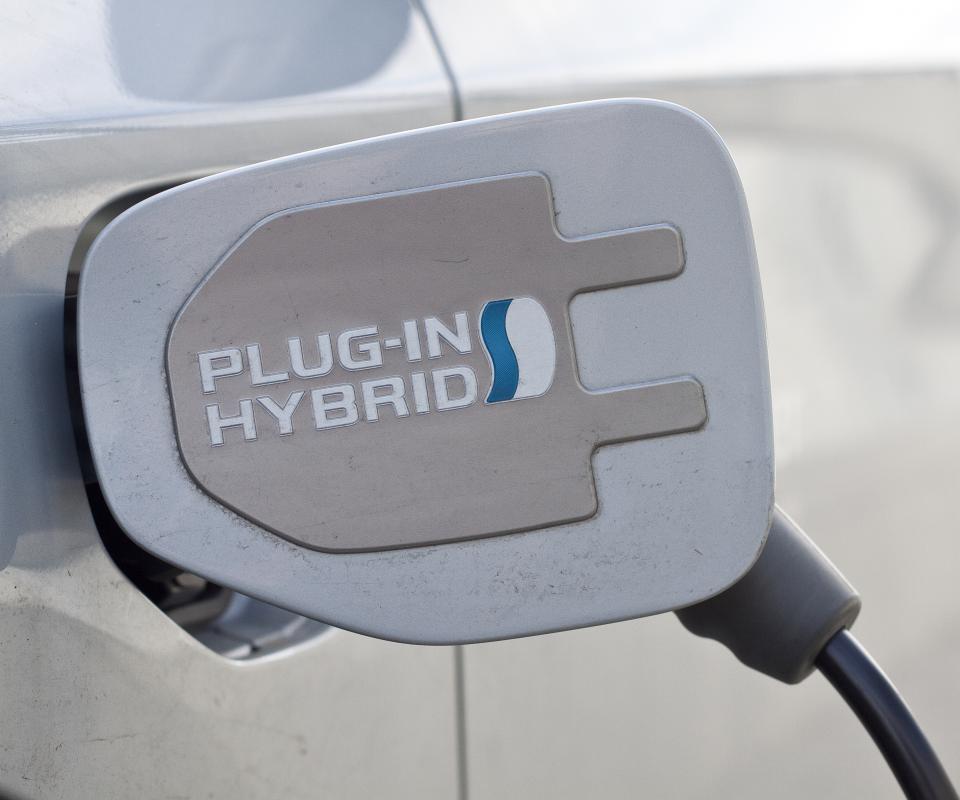

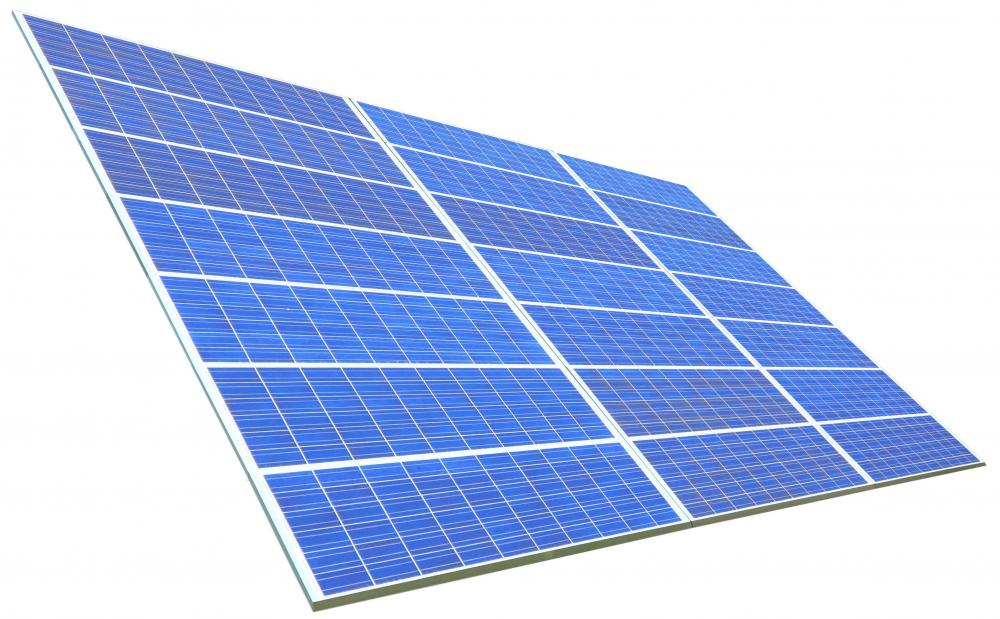
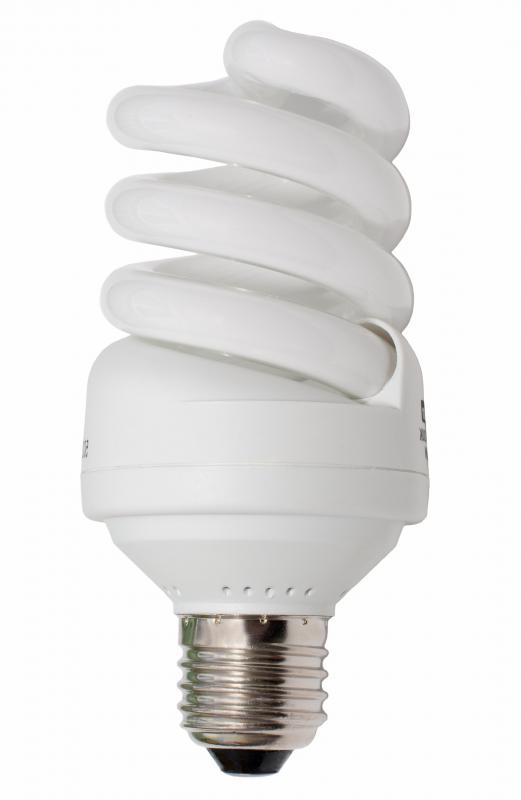


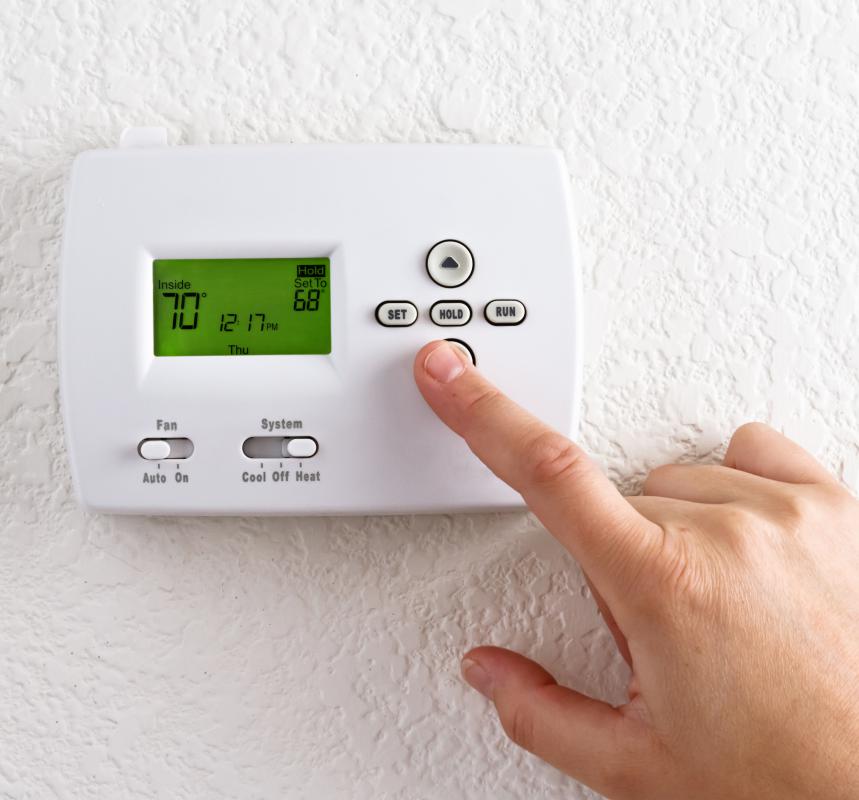
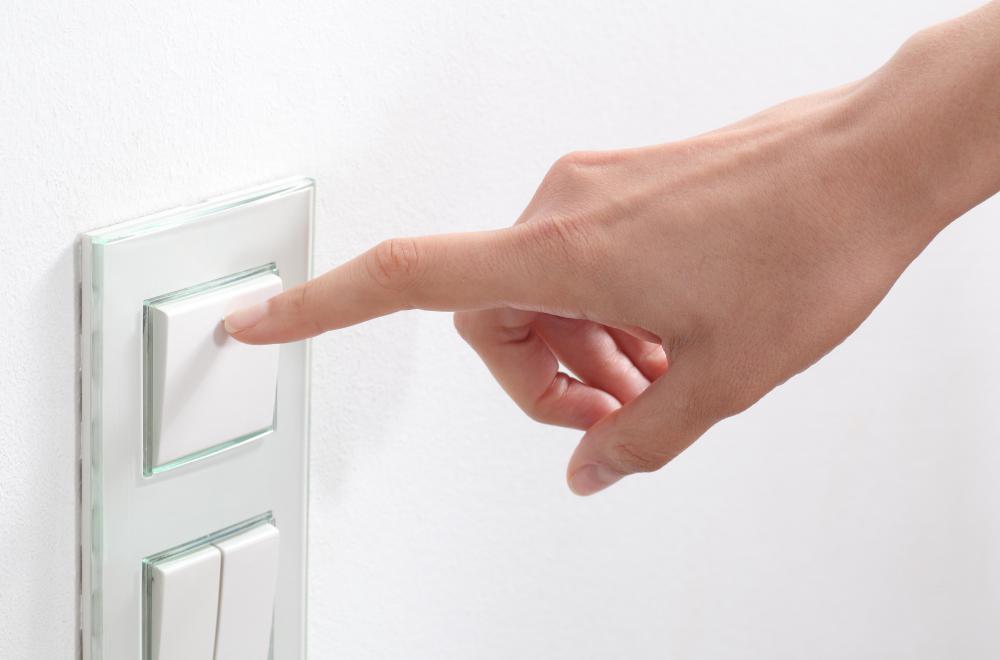


Discussion Comments
Good point about good insulation and it is surprising how many homes could use more. It is surprisingly affordable to put in more insulation, too. It's not terribly expensive and a good number of hardware stores rent the equipment so people can spray insulation in their own attics and that saves a lot of cash. A word to the wise, though -- that's usually a two person job as someone has to spray the insulation in the attic while the other needs to keep feeding insulation into the machine and make sure it doesn't run out during the job. Oh, and make sure to invest in a breathing mask if you're going to put in your own insulation.
Post your comments